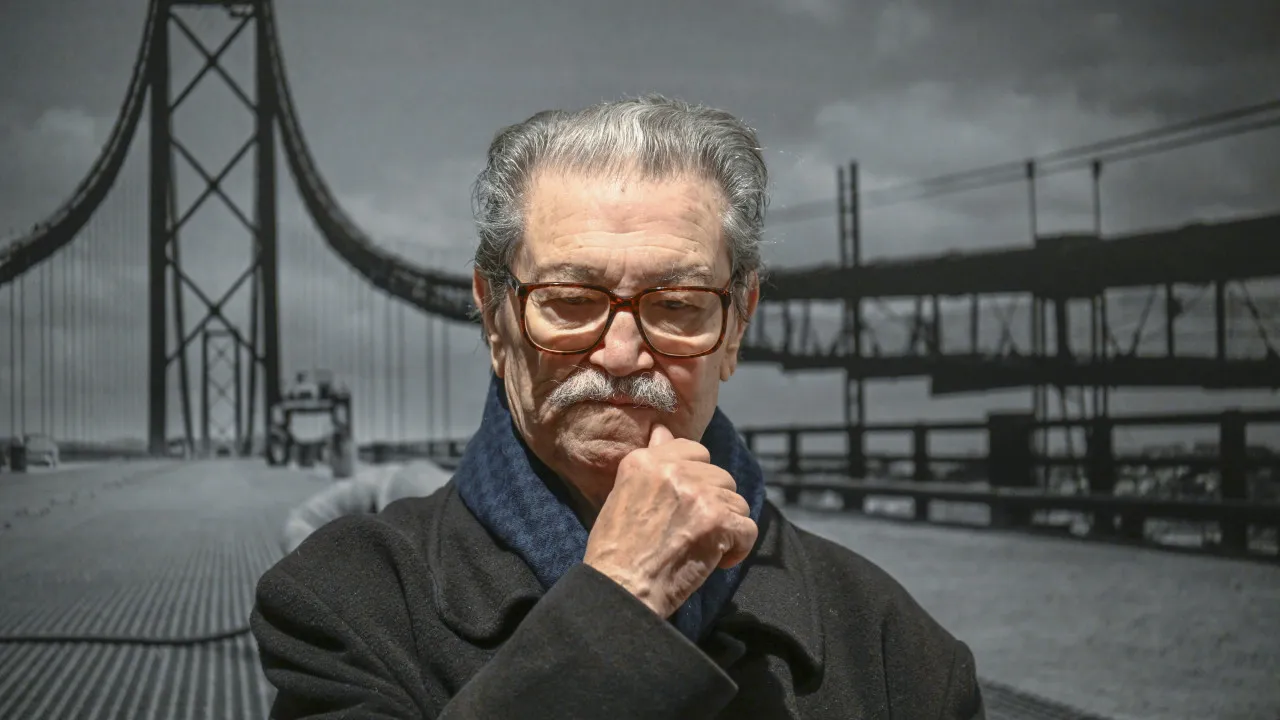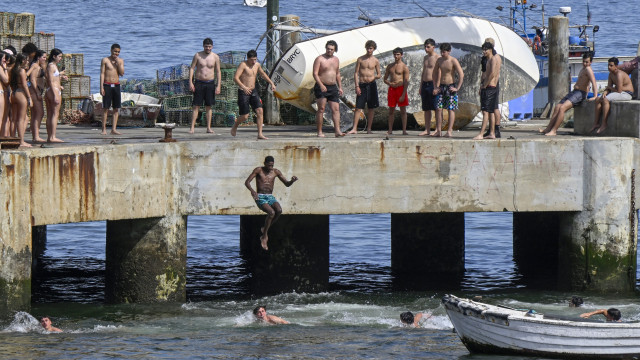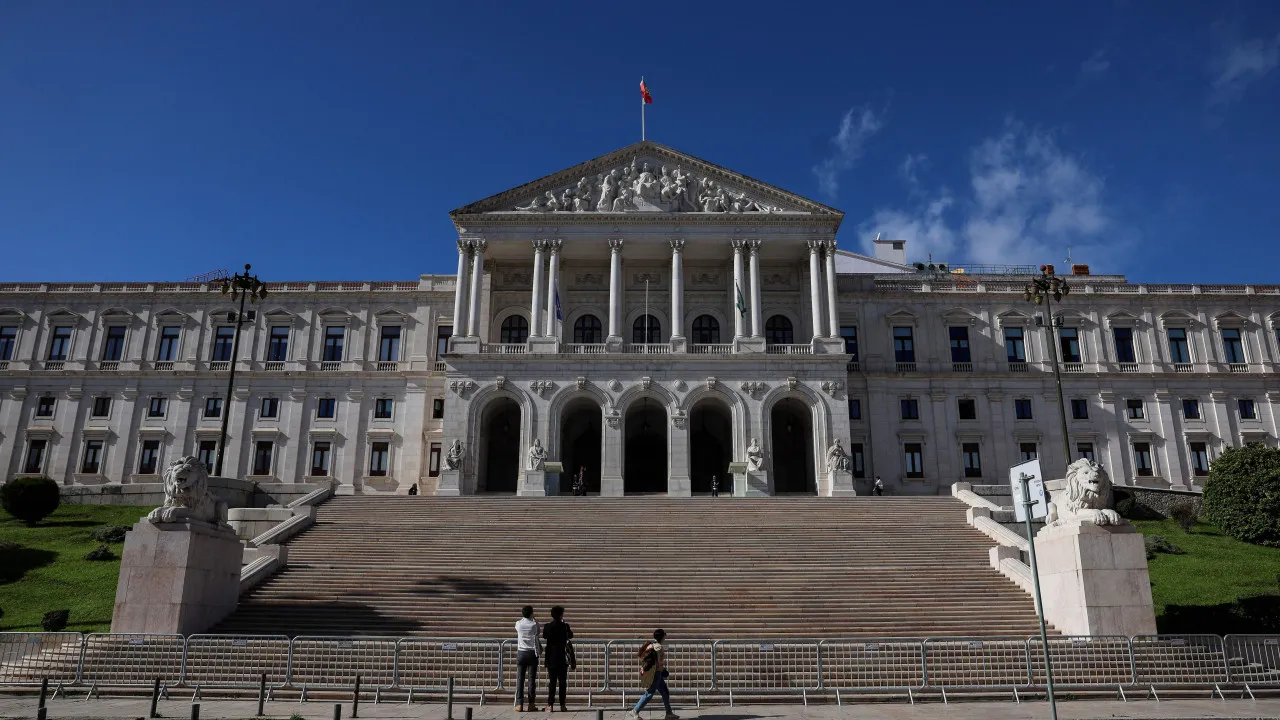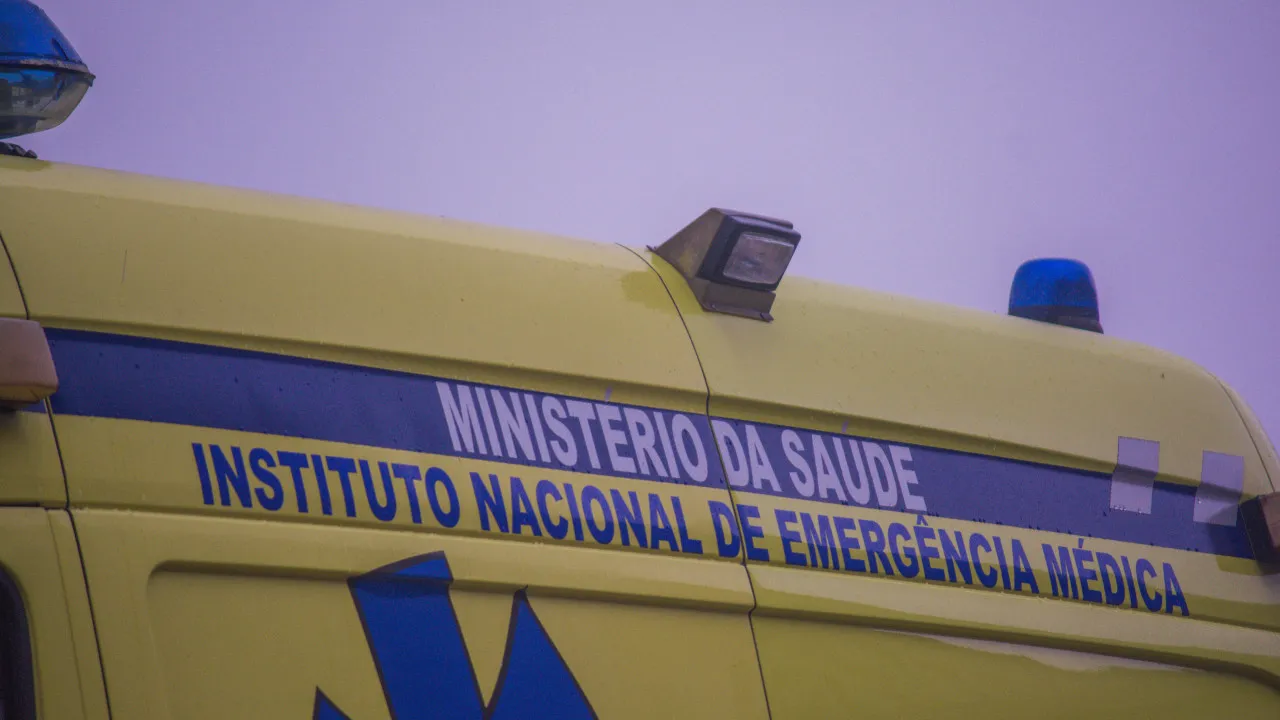
Family and friends of Eduardo Gageiro gathered in the parliamentary galleries to witness the reading of a tribute for the late photographer, who passed away in Lisbon on June 4 at the age of 90.
“Eduardo Gageiro is one of the most important names in Portuguese photography, specializing in photojournalism. He captured, perhaps like no other Portuguese photographer, various lifestyles and personalities, leaving an impressive archive about our society,” stated the tribute presented by the PCP party and Mariana Mortágua, the sole deputy and coordinator of the BE party.
The tribute recalls that his first photograph was published on the cover of Diário de Notícias in 1947, “when he was 12 years old and started working as an office boy at the Sacavém Ceramics Factory.”
In 1957, he became a photojournalist for Diário Ilustrado and subsequently worked for O Século Ilustrado, Eva, Almanaque, Match Magazine, Sábado, Grande Reportagem, and Associated Press, among many other publications and institutions.
“Always linked to the fight for democracy and freedom, and against the fascist dictatorship, he documented the inhumane conditions in which much of the Portuguese population lived, which led to several arrests by the PIDE,” the tribute further notes.
PCP and BE highlight that Eduardo Gageiro’s records of April 25, 1974, “are historical documents of immense value and significance, such as the meeting of the rebellious soldiers at Terreiro do Paço, the attack on the PIDE headquarters, or the moment when he captured the emotion of Captain Salgueiro Maia upon realizing the movement he commanded had definitively taken victory.”
“These photographs spread worldwide and became a symbol of hope, freedom, and resistance, and they continue, even today, to keep alive the memory of the inauguration of the democratic regime and the end of a long 48-year night,” they mention.
Eduardo Gageiro was decorated as a Commander of the Order of Infante D. Henrique in Portugal and Knight of the Order of Leopold II in Belgium. He was awarded the second individual prize from World Press Photo in 1975.
“The Assembly of the Republic, convened in plenary session, expresses its sorrow for the death of Eduardo Gageiro and sends sincere condolences to his family, friends, and professional colleagues,” states the resolution part of the tribute.
In 1975, with a photograph of António de Spínola, foreseeing the course of history and imminent defeat, Eduardo Gageiro won the World Press Photo award.
Three years earlier, he was among the few photojournalists worldwide to capture the kidnappers of the Israeli team at the Munich Olympics. A photo he took of a child in Iraq during the 1990s is permanently exhibited at the House of European History in Brussels.




